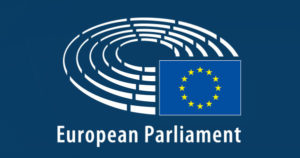Members of the Justice Committee (JURI) met yesterday at their session in Brussels to discuss a regulation on 3D printing with regard to intellectual property protection and civil liability. Representatives from the Green Party group as well as the conservatives and liberals were quite divided on the terms that should regulate this technology.
3D printing, one of the priority areas of technology in the EU
Intellectual property and civil liability are two of the main issues raised by 3D printing.
The first one is discussed with regard to the possibility of customising an object whereas the second one concerns how the production chain operates.
Since the object being made has been digitally designed, the possibilities for modifying and applying it are endless. The fact that this new technology combines digital and physical aspects also changes the way the production chain operates: the online availability of files heralds the advent of public participatory innovation, since open-source files can be freely modified, improved and customised.
As far as intellectual property is concerned, for legal experts, there is no dramatic impact on copyright that may have been caused by 3D printing. A 3D file can be considered a work and will be protected as such. However, in the near future, professional copyright intermediaries should be involved.
As for civil liability, it must be said that general rules also apply to AM. One argument for specific treatment in relation to damage caused by an object created using 3D printing technology is that it can be difficult for the victim to identify the person responsible. Such rules can be applied to identify the manufacturer of the 3D printer, the producer of the software running the 3D printer or the person creating the object by letting the software instruct the 3D printer.
EU legislation appears to be limited to more precise rules on problems such as civil liability for defective products. That’s why the question of whether 3D printer manufacturers should have bigger liability than manufacturers of other tools or machines to create objects should be discussed.
Last, the report mentions three possible solutions to these issues: a regulated global database of a 3D printed object should be implemented.
Furthermore, there should be a legal limit on the quantity of objects that can be produced.
Last, a 3D printing tax “to compensate IPR holders for the loss suffered as a result of private copies being made of objects in 3D.”
For further information about 3D Printing, follow us on our social networks and subscribe to our newsletter!






